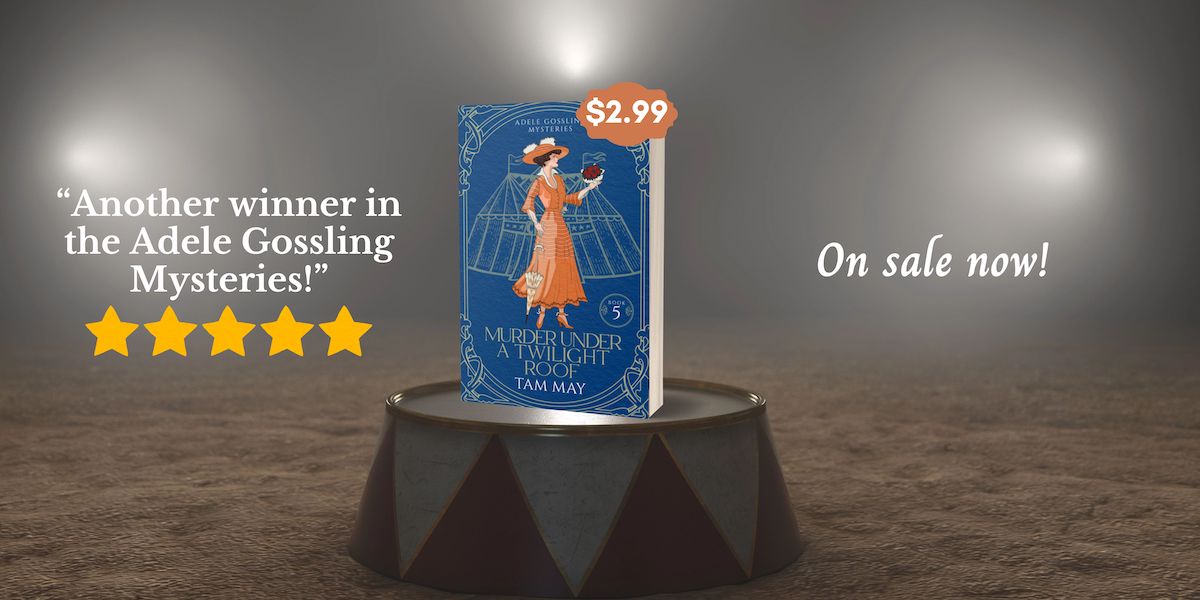
Photo Credit: Book cover for the Dover Thrift Edition of Edith Wharton’s The House of Mirth, 2002, uploaded 6 July 2008 by Wolf Gang: Wolf Gang/Flickr/CC BY SA 2.0
Wharton is one of my favorite authors, both because I love Gilded Age and Progressive Era literature, and because she is one of the godmothers of psychological fiction. Not only that, Wharton had a reputation for having been sympathetic to women’s plight and the limitations women endured in these eras, making her an early feminist writer.
The first time I read the book, I adored it. I loved the protagonist Lily Bart and saw her as a feminist character in the way she wouldn’t settle for any man, defying the Victorian ideal of the separate spheres. I also loved the descriptions of the elegant world Wharton knew, the New York elite at the turn of the century. Wharton’s novel was one of the first classic stories I read after I rejected potboiler romances in my teen years. I credit the book for beginning my love affair with classic literature.
The second time I read this book was years later while in graduate school. While my passion for the book hadn’t cooled (I still find it a page-turner), my affection for Lily Bart was a different story. By that time, I had studied quite a lot of women’s fiction and women’s history. I recognized Lily Bart as not the feminist heroine I had envisioned her to be the first time. I saw her as rather vain and selfish, the Victorian version of the entitlement generation. I had little patience for the ease with which she criticizes others and the snobbish airs she takes of the well-to-do New York society in which she circulates, but, in terms of money and position, doesn’t really belong (the old saying, “beggars can’t be choosers” comes to mind). I was especially affected by the way she constantly puts down the one real friend she has, a working-class reformer named Gerty Farish. In Lily’s eyes, Gerty is shabby, poor, and sanctimonious because she doesn’t live on Fifth Avenue, doesn’t attend afternoon teas, and works hard to help young women worse off than herself.

Photo Credit: Illustration from The House of Mirth, 1905 by A. B. Wenzell. From a scene where Lily Bart is leaving Lawrence Selden’s apartment house and passes by a woman cleaning the stairs. Note Bart’s haughty pose, as if to say, “How dare this lowlife get in my way of passing on the stairs?”: Sherurcij/Wikimedia Commons/PD 1923
My third reading of the book happened a few years ago. By then, I was a published author and working on my own Gilded Age novels depicting the upper class (though mine takes place in the West Coast rather than the East Coast). I can’t say I’ve changed my views much about what kind of character Lily Bart is. I still see her, for the most part, as self-centered and shallow, though not without other redeeming qualities (like her feminine charm and self-awareness). However, since experiencing my own characters caught up in the power of wealth and social status that identified the Gilded Age in America, I realized I had been making what is probably the biggest mistake readers make when approaching classic literature: I was reading the book from the point of view of my own time and not from the perspective of the time in which it was written. Armed with some background on the era, I now understand why she behaves the way she does, what motivates her socially and psychologically.
Wharton was anxious to show the waste “old moneyed” New York put upon young women like Bart in order to be accepted into that society. Bart is a product not just of her time but of her social and psychological circumstances. She does what young women who wanted to belong to the exclusive circle of New York high society had to do. Beautiful, young women in Gilded Age New York were taught that their only asset was their looks and their willingness to comply, and they had better make the most of these qualities while they could by snagging a rich husband. So Bart’s obsession with finding a rich husband may seem artificial by contemporary standards, but she was taught nothing else by her mother and the society in which she aspired to belong.
My interest in The House of Mirth isn’t just as a reader but also as a writer. In my upcoming book, Pathfinding Women, which is Book 3 of my Waxwood Series, the subject of marriage is very much on the minds of both Vivian Alderdice, the unofficial protagonist of the series, and her mother, Larissa. Vivian doesn’t have the problem that Lily Bart has (no money). Her problem is more one of age. In this book, Vivian is twenty-six, and in Gilded Age high society, any young woman who wasn’t married by the age of twenty had a problem. There are also other, more personal reasons why both Vivian and Larissa are anxious to see her married.

